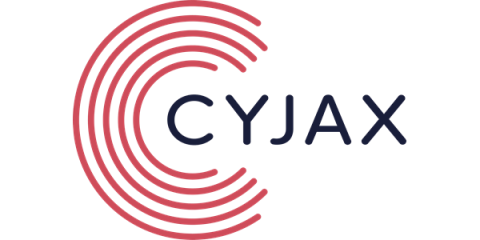Featured Post
Fortifying Financial Services Cybersecurity with Threat Intelligence and Cybersecurity Automation
The World Economic Forum's Global Cybersecurity Outlook 2025 Insight Report paints a bleak picture of what the year ahead holds for technology security teams worldwide. However, some industries are likely to be worse off than others. The financial sector, for example, is an attractive target for cyber-attacks, as confirmed by Statista which states that the average cost of a data breach in this industry in 2024 was approximately $6.08 million, compared to $4.88 for the overall average cost of a data breach across all industries.










